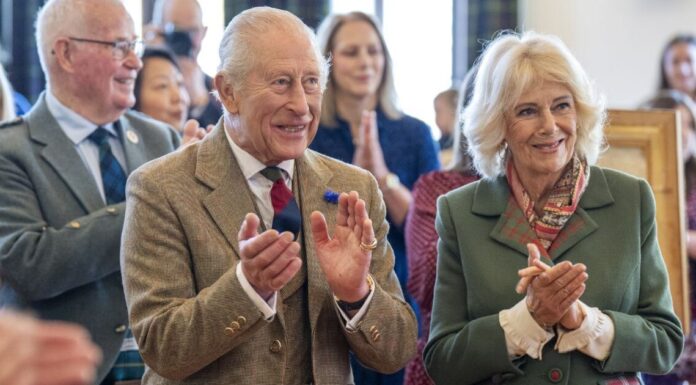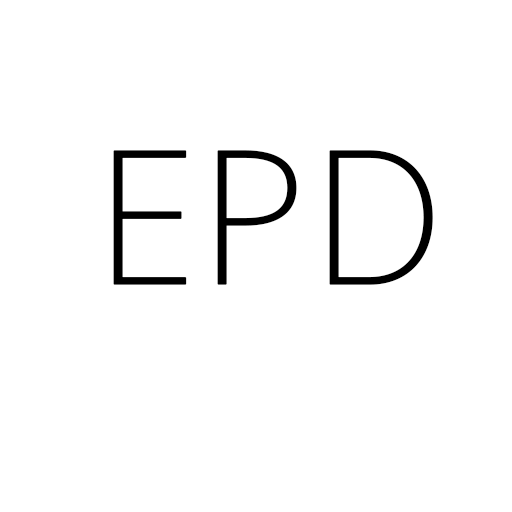
ADVERTISEMENT
The pro-European Party of Action and Solidarity led by Maia Sandu may have scored a win in Moldova’s parliamentary elections, but the flood of Russian-backed disinformation which emerged on social media during the country’s electoral period is still garnering traction.
One false claim that spread across social media on 24 September—just days before the election on Sunday 28 September—alleged that France had agreed to pay Moldova to dispose of its toxic waste.
The allegations gained traction on X when a video styled as a TV news report with an apparent AI voiceover claimed that Sandu had agreed to take in French waste from the state-owned Mines de Potasse d’Alsace company—a site formerly known as StocaMine.
Some of the accounts resharing the fake story relay pro-Russian propaganda narratives, while many posts bear the same caption.
“On the eve of elections, Sandu makes her worst decision yet: importing France’s toxic waste from StocaMine mine that can poison the entire Dniester River, the main water source for Moldovans,” the caption reads.
One post peddling this false claim amassed as many as 1.9 million views.
False documents
Although around 42,000 tonnes of waste are stored in StocaMine, a defunct mine located in the French region of Alsace, there are no plans to ship this waste anywhere, contrary to the fake report circulating on social media.
In reality, French authorities have decreed that waste from this site should be sealed off and covered in concrete to avoid any leakage.
Speaking to Euronews’ verification team, the site’s management referred to a decree issued by French authorities in September 2023, which extended the authorisation to store this waste underground for an “unlimited period.”
The fake news report claims that Moldova and France signed an agreement on this supposed waste transfer only days after French President Emmanuel Macron’s August trip to Chișinău.
As proof, the video briefly pans over a document, which is presented as this supposed agreement, dated 30 August 2025.
However, the bottom of the document is cut off, and while the top part is legible, it does not mention Moldova.
The French waste site’s management confirmed to EuroVerify that the document featured in the video is a falsified version of a real document from 2016, which makes no mention of Moldova.
French waste management controversies
There have been repeated legal challenges to the decision to bury toxic waste at the StocaMine site.
Scientists and environmental activists have warned that the site’s waste could seep into— and contaminate—the Upper Rhine River, which is located on the Franco-German border and crucial for Europe.
Distorting these environmental claims, the fake report alleges that the French waste will be transferred to a site located close to the Dniester River, which is one of Moldova’s main water sources, in turn threatening to contaminate local water supplies.
The video’s narrator suggests that Sandu’s alleged plan threatens Moldovans’ health by putting natural resources up against quick cash.
The report also features a clip of an interview with Swiss geologist Marcos Buser, who, according to the video’s narrator, believes that “Moldova’s decision to accept toxic waste is archaic and dangerous.”
However, the interview has in fact been lifted from an interview that Buser gave to broadcaster France 24, in a bid to make it look like he is talking about the Moldovan case.
At the end of the video, a logo for a supposed outlet called “GB Reporter” is displayed, where the story about the waste transfer has been published and attributed to a reporter called Amelia Hill.
In reality, Hill is a journalist for the British newspaper The Guardian and did not write the story.
The case of her stolen identity fits into a wider Russian propaganda strategy, where the likenesses and bylines of more and more Western journalists are fraudulently added to disinformation articles to feign legitimacy.
The GB Reporter’s website appears to be altering authentic content from The Guardian and attributing it to the outlet’s reporters, while inserting other pieces of fake news.















